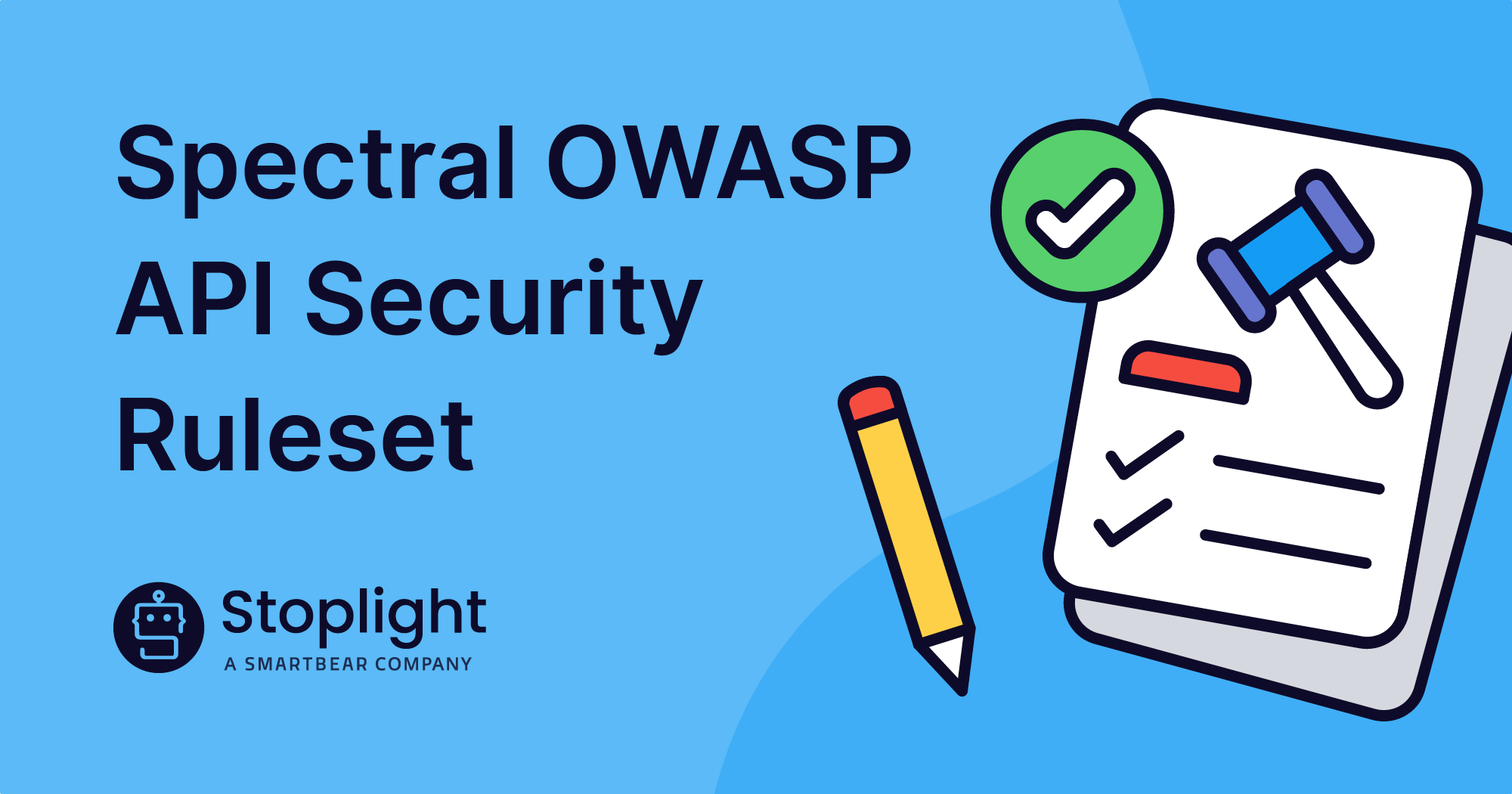The global marketplace has seen a staggering number of transformative events in the last few years. As inflation cuts into operating margins and world events make supply chains and consumer behavior less predictable, even companies that have kept pace with change are feeling pressure to cut costs and increase output.
The imperative for many businesses now is to do more with less. But cutting in the wrong places can slow your recovery, especially with the increasing drive towards digital commerce. It’s not enough to treat technology as an “add-on” to your existing business model—a leaner, meaner future requires putting technology in the center of every choice you make. As Harvard Business Review puts it, “To digitally transform their businesses, leaders need to transform their own mindsets to lead digital organizations.” The digital investments you make now can both meet short-term efficiency goals and be fuel for future growth.
APIs are the ultimate “do more with less” technology, making your most valuable assets accessible to more users with less overhead. According to a MuleSoft-sponsored study in 2019, organizations using APIs saw remarkable gains:
- Productivity increases by 54% in some areas
- A 47% overall increase in measurable innovation
- A near-50% increase in cross-team use of self-serve IT tools
Now, with remote interactions the “new normal,” those numbers have certainly increased. Even before the COVID-19 pandemic accelerated the trend toward e-commerce, the same MuleSoft study found that “On average, nearly a third of businesses’ revenue [was] being generated by APIs or by API-related implementations.”
APIs function as building blocks—they segment your business into reusable, repositionable units. As HBR notes, “The beauty of working with digital building blocks is that you don’t have to demolish the old factory and build a new one.” You can build the efficient solutions you need now without compromising your ability to adapt and innovate in the future.
Connect Your Assets to Do More Now
An API-led transformation isn’t as daunting as it might sound. APIs are a technology overlay on top of your existing data, tools, and services that allows for more efficient, customizable connections. The core competencies of your business can and should remain the same.
Build on Your Strengths
Imagine a visit to your favorite restaurant a few years ago. You would wait to be seated, wait for a server, wait for your food, then wait for the check. It was an immersive, relaxing experience, but it also required a lot of time, space, and people.
Fast-forward to today, when pandemic indoor dining restrictions have caused many restaurants to refocus on take-out service. When you visit now, the food and the chefs are the same, but you have the option to walk up to a counter, place an order, pay, and wait a few minutes for your food. You take it outside to eat on a park bench. It’s cheaper, quicker, and more flexible, if not quite as indulgent.
An API could be the tool that allows online or self-service ordering and delivery at scale offering access to entirely new markets for the restaurant. The restaurant gains flexibility in how it meets customer needs, but the core competency of the restaurant—delivering good food on demand—remains the same.
Shifting to API-driven technology is a move to capitalize on the assets you already have, re-focusing on where you create value for your customers, and shortening the path for others to realize that value.
Understand Your Assets from Both Sides
Building great APIs requires you to fully understand the components of both your back-of-the-house operations and your customer journeys. As HBR explains, a full tech transformation involves breaking your existing business into components that can then be reassembled: “Unbundling software functionality into API-accessible business capabilities is a hallmark of leading digital companies. They then re-bundle these capabilities to extend their reach or open up new customer segments.”
To create APIs that meet those goals, you need to know what your most valuable assets are, how they are created, and how they are consumed, so that you can deliver value as efficiently as possible. A “back of the house” view of technology and data is essential, per McKinsey: “Understanding what it takes to develop the APIs requires a deep knowledge of the data environment, especially back-end systems where the API work is often done.”
Once you fully understand your data and technology, an effective way to determine how to “rebundle” it into APIs is to start with customer journeys or a “jobs to be done” approach. Prioritize the most important services you provide to your customers and carefully consider how they use those services to achieve their goals. Design API functions that serve those goals as directly as possible, letting your core competencies rise to the top.
A clear view of your most valuable assets will also help you determine how to monetize your APIs. Identifying revenue opportunities and quantifying the value of your APIs is mandatory if you are trying to “do more with less”—a leaner, meaner API transformation puts technology at the forefront of your business.
Spend Less with a Solid Plan
We’re not going to pretend that an API transformation will come free or even cheap. DreamFactory, a platform for SQL-based APIs, estimates a cost of about $20,000 USD for a simple API. Costs may rise as your needs grow more complex but there are ways to control them and get an even better return on investment. At Stoplight, we advocate for a design-first approach. The point of this approach for API programs is to keep stakeholders and specifications aligned and avoid having to scrap expensive work later.
Know the Value, Set the Budget, Monitor Results
Before you can determine a reasonable budget for your API program, you need to clearly define what you expect to gain from the investment. API transformations can lead to new revenue streams, cost savings, improved security, increased customer satisfaction, infrastructure resilience, and more. Put that way, the costs of API-led transformations can easily pay for themselves.
If you’ve never built an API before, a design-first approach will help you identify all the pieces you’ll need to put in place. Beyond practical resources such as headcount and infrastructure, you’ll need to consider API tools. For some, open-source tools may meet your needs, while others need more features or convenience of a platform. Depending on the scale of your project, you may want to work with an API consultant or pursue some additional training. In any case, a smart investment starts with a lot of research and clear objectives.
HBR encourages a focus on scalability to manage costs: “Spending can scale up in alignment with delivered business value, protecting the organization from making too big of a bet too soon.” Costs can also rise rapidly if you don’t prioritize effectively. Part of your investment should be in an intentional approach to collaboration and governance, so you keep your objectives and assets in view.
It’s also essential to know how you will measure the success of your API investments. Learn from your collaborators, and develop a set of metrics that reflects the breadth of your goals. Your work is not done when the API is built—you’ll need to monitor, maintain, and reinvest over time, and your metrics for future performance should be closely tied to the value your API delivers for all your stakeholders.
Collaborate Internally and Externally
APIs are a kind of communication tool—the “I” stands for “interface,” after all. A well-crafted interface meets the needs of parties on both sides of the exchange, so solicit broad input from the start to understand those needs. This might not seem like a cost-savings principle at first, but consider the maxim that “APIs are forever.” Once they are made public and users have integrated them, it becomes extremely difficult to make changes or remove support. If you want an API investment to pay dividends in the future, start collaborating well before you start building.
You’ll need to listen to voices from inside and outside your organization. The back-of-the-house views will come from your development, infrastructure, and security teams. Potential customers should ideally also have a voice, and internal finance, sales, and marketing teams can often bridge the needs of different groups.
Building durable APIs requires “a new way of thinking about partnerships, a new way of business and technology working together,” according to McKinsey. For internal collaborators, they recommend a “Center of Excellence” model, but other governance options may scale up faster. The most important criterion for your API team is that it be truly cross-functional, reflecting the ecosystem where your APIs will live.
Give yourself the opportunity to test and iterate before your public launch. If you can do a private beta or a pilot program, you’ll find benefit in working with carefully selected partners to refine and iterate your API product. Look for external partners who value innovation and communicate openly.
If a full-featured pilot is out of reach, using what HBR calls the “outside-in” approach can help you identify the most impactful place to start your API investment. Start small and iterate, incorporating customer feedback and soliciting input on use cases and desired functionality.
Design-first doesn’t necessarily mean designing your entire API program from scratch at the start, but it does mean making each step in your development process a design-informed step—and that requires intentional listening to your users’ needs and your collaborators’ abilities.
Build for Resiliency and Growth
Let’s reiterate—the goal of a “do more with less” API transformation is not just to cut costs now, but to position your business for growth in the future.
A design-first approach aims for the long-term health of your API program. The teams and processes you establish now will be responsible for managing many decisions over the lifecycle of your APIs. Wise choices now will lead to better results in the long haul.
The beauty of APIs is that they are almost infinitely adaptable. The challenge is that smart growth requires strategic choices at every turn. Your API teams will face decisions on many topics, including the following:
- Managing funding requests for new features
- Expanding developer relations
- Investing in developer experience
- Offering custom solutions for high-value customers
- Updating infrastructure to meet market demands
- Changing monetization strategies
- Implementing authentication and authorization
- Splitting existing APIs into microservices
Each of these decisions will have an impact on the profitability of your API investments. It’s a lot to consider, and your success depends on maintaining enough flexibility and focus to seize new opportunities without sacrificing core priorities.
Attracting and maintaining users over time will require a commitment to ongoing support and awareness of changes in the business ecosystem. External partners need to have confidence in your API product, and internal backers need a clear view of how your APIs reduce operational costs. Work closely with your internal and external partners to ensure your evolution continues in the right direction.
Stay tuned for Part 2 coming soon, and in the meantime, if you’re ready to make your APIs leaner and meaner, create a free Workspace in Stoplight now.

